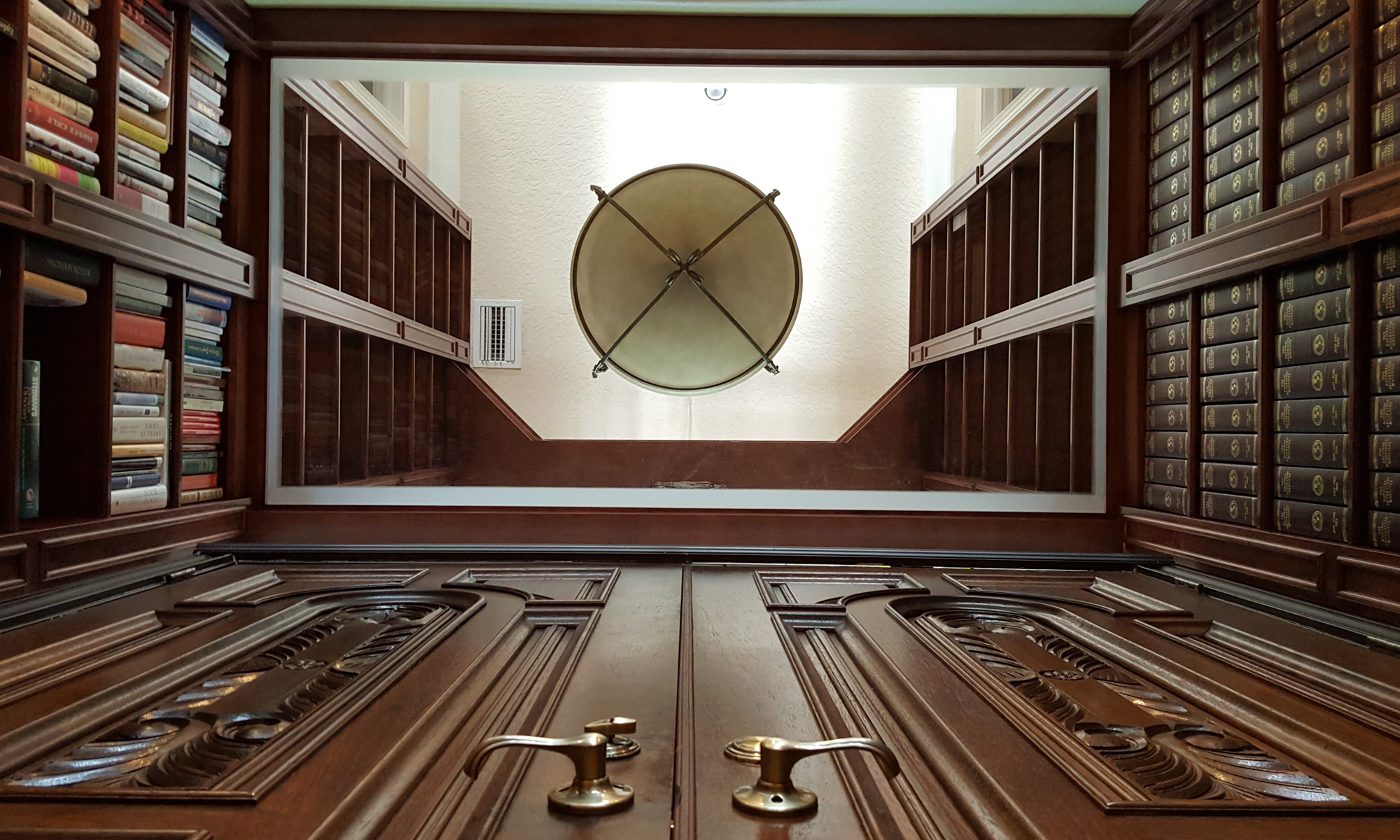Uphill or downhill. Cutting with the grain or against the grain. Understanding how the grain is orientated on the lathe and which direction to cut in order to get the smoothest cuts possible can be confusing.
Brian Clifford has a great article on his site The Woodturners Workshop which illustrates these concepts very clearly. Here is an brief extract from the article. To read the full article please visit Brian’s site here.
7.1 Introduction
In the previous chapter, in thinking about the way the tool cuts, three important factors were temporarily ignored. These are :
- the question of grain and its direction
- the rotation of the work-piece
- the fact that the cutting edge is often held at an angle to the direction in which the wood is moving (the slicing cut)
7.2 The concept of grain
The cells of the wood, which take the form of hollow cylinders, join together to form strands of fibres which lie in a uniform direction which is more or less axial either to the trunk or to its offshoots. The lay of the fibres is commonly referred to as the ‘grain’.
Diagram 7.1 Primary forms of cutDiagram 7.1 shows a block of wood in which the grain is running longitudinally. Three tools are shown as if about to make cuts in the directions indicated by the arrows. These illustrate the three primary forms of cut; as defined in the common expressions of:
- cutting along the grain (A);
- cutting across the grain (B);
- cutting end grain (C).
In practice of course, particularly in woodturning, there is an infinite range of variations on these cuts. Not only can any number of intermediate positions between those shown be taken up but the edge of the tool does not necessarily have to be held at 90 degrees to the direction in which the wood is moving. It should be noted that in Diagram 7.1 the wood is assumed to be stationary and the tool to be moving. Often, in woodturning both the wood and the tool are moving, but with the wood moving faster than the tool. For the purposes of analysis, in this particular context, this does not matter; all that we are concerned with here is the movement of the wood and the cutting edge in relation to each other.
7.3 Cutting along the grain
Anybody who has worked wood with a hand plane will know that it is desirable to plane with the grain. Diagram 7.2 illustrates the common situation in which the fibres of the wood lie at an angle to the edges of the wood block.
Diagram 7.2 Planing with and against the grainWhen the wood is planed with the grain any splitting between the fibres takes place above and in front of the cutting edge, which subsequently severs the fibres neatly, so leaving a clean surface, as shown in Diagram 7.3.
Diagram 7.3 Cutting with the grain
Based on: Bruce Hoadley, Understanding Wood, The Taunton Press (1980) – p150If an attempt is made to plane against the grain the cutting edge picks up the ends of the fibres, lifting them out of the wood, so that they break off in an irregular manner leaving a rough finish. This is illustrated in Diagram 7.4.
Diagram 7.4 Cutting against the grain
Based on: Bruce Hoadley, Understanding Wood, The Taunton Press (1980) – p150






